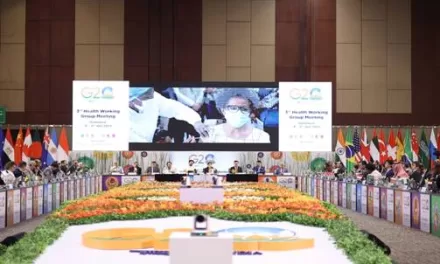In a significant move to address concerns raised by several States and Union Territories, the Union Health Secretary, Shri Apurva Chandra, has provided clarity regarding the future of existing District/Referral Hospitals (DH/RH) being converted into medical colleges. Chandra emphasized that these hospitals will continue to fulfill their roles and obligations under the National Health Mission (NHM) and will not face any disruptions in funding from the Center.
This announcement comes in response to demands from various States and UTs, which feared that the conversion of DH/RH into medical colleges would result in a cessation of funding under NHM. The Health Secretary’s reassurance aims to alleviate these concerns by ensuring that the existing hospitals, even as they transition into educational institutions, will remain integral to the NHM framework and continue to receive the necessary financial support.
Over the past nine years, India has made concerted efforts to expand its network of medical colleges, with the addition of 319 new institutions, both public and private. This expansion represents an 82% increase since 2014, bringing the total number of medical colleges in the country to 706. This significant growth underscores the government’s commitment to enhancing medical education and improving healthcare accessibility, particularly in underserved areas.
The push to increase the number of medical colleges is part of a broader strategy to improve the doctor-to-population ratio, thereby ensuring better healthcare services nationwide. This initiative aligns with global efforts to enhance healthcare accessibility and quality through increased professional education and investment in medical infrastructure.
A key component of this strategy has been the Centrally Sponsored Scheme launched in 2014, titled “Establishment of New Medical Colleges attached with existing District/Referral Hospitals.” This scheme aims to provide central funding support to upgrade district hospitals into medical colleges. Implemented in three phases, the scheme has sanctioned 157 new medical colleges, with 108 of them already operational. Notably, 40 of these colleges are located in aspirational districts, highlighting the government’s focus on investing in and uplifting these regions.
The reassurance from the Union Health Secretary ensures that the transformation of district hospitals into medical colleges will not undermine their essential roles within the NHM. Instead, this dual functionality will help bridge the gap in medical education and healthcare services, particularly in areas that need it the most. As India continues to expand its medical education infrastructure, the commitment to maintaining and enhancing existing healthcare services remains a top priority, ensuring a balanced approach to health and education sector development.












